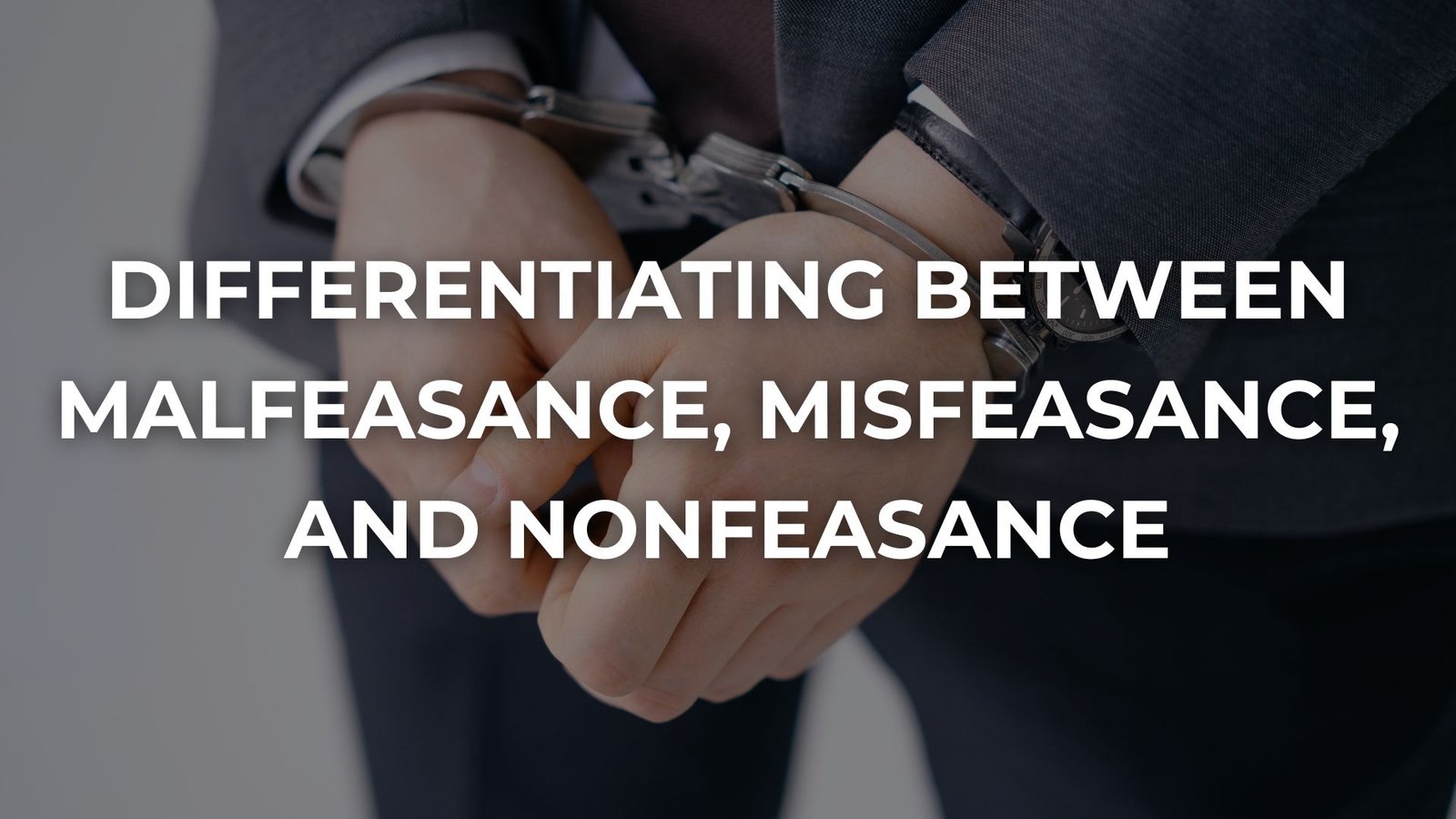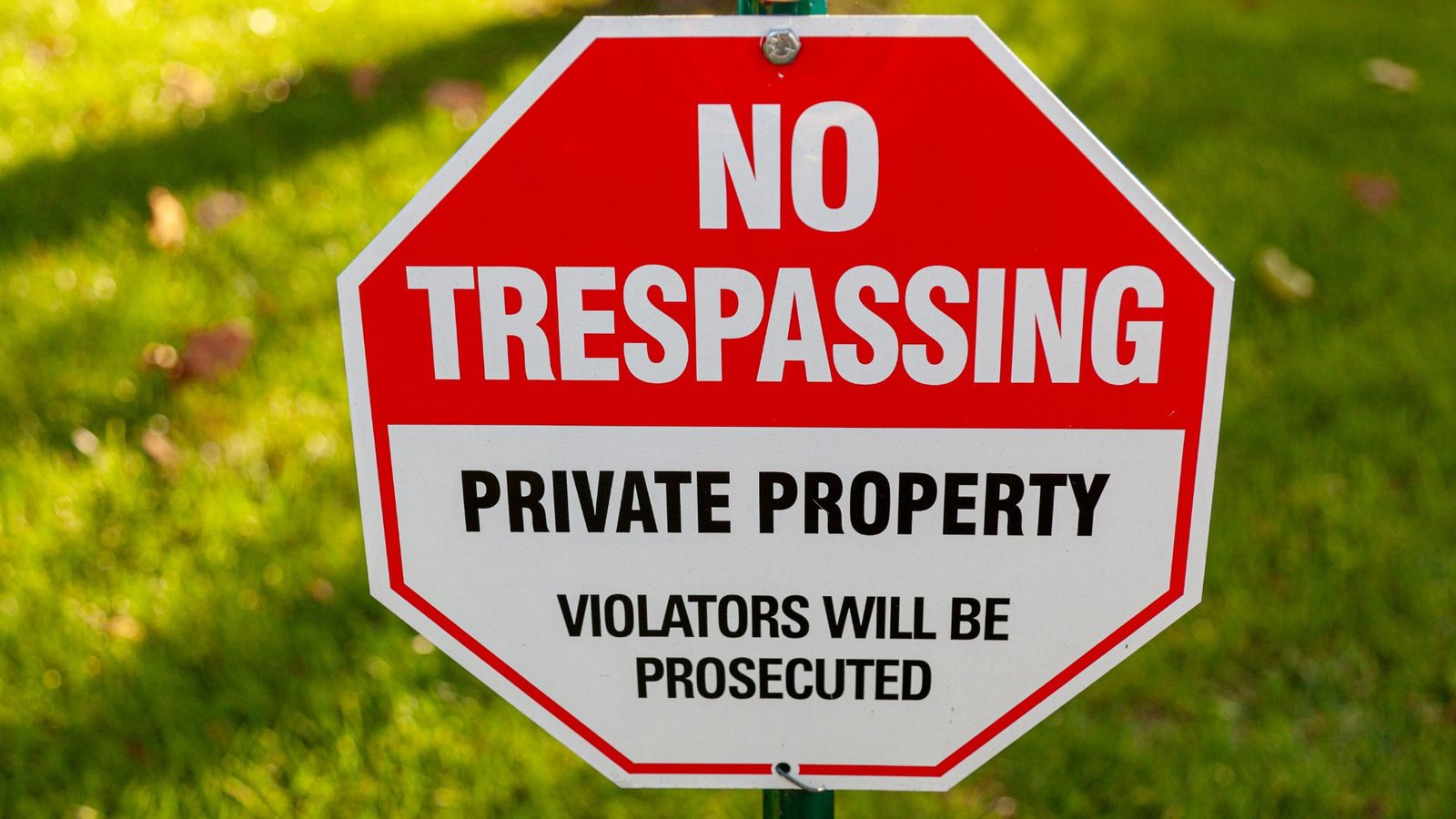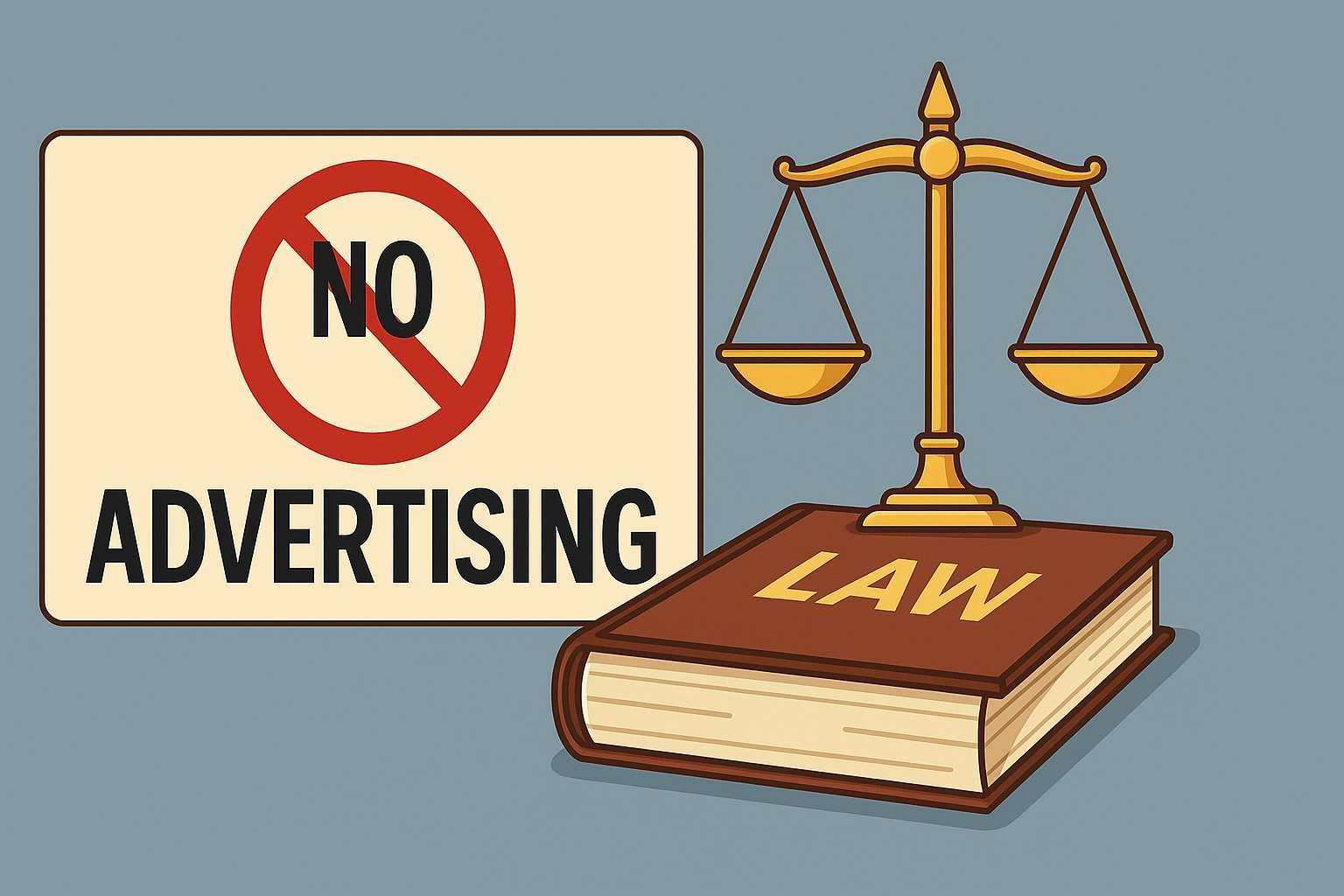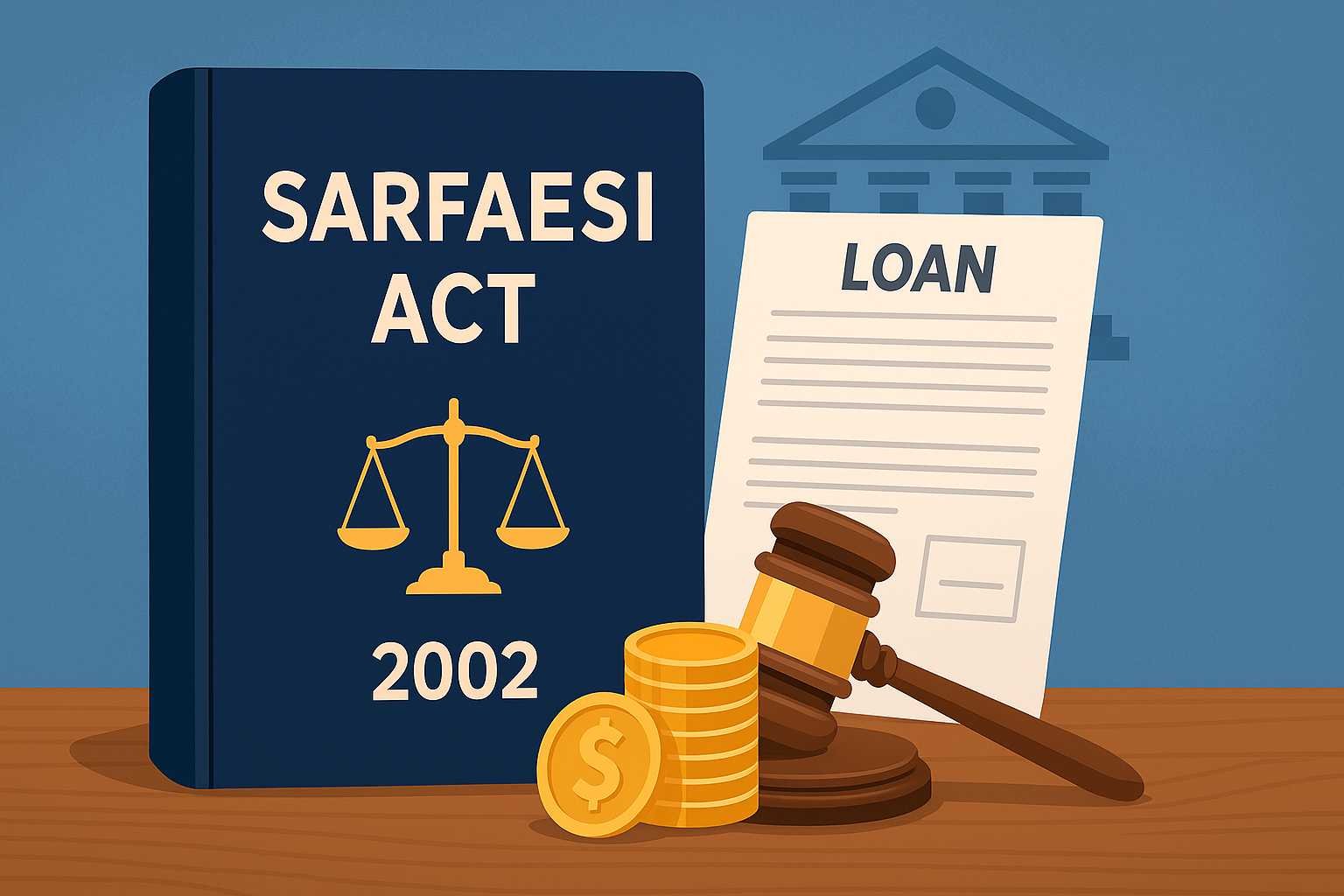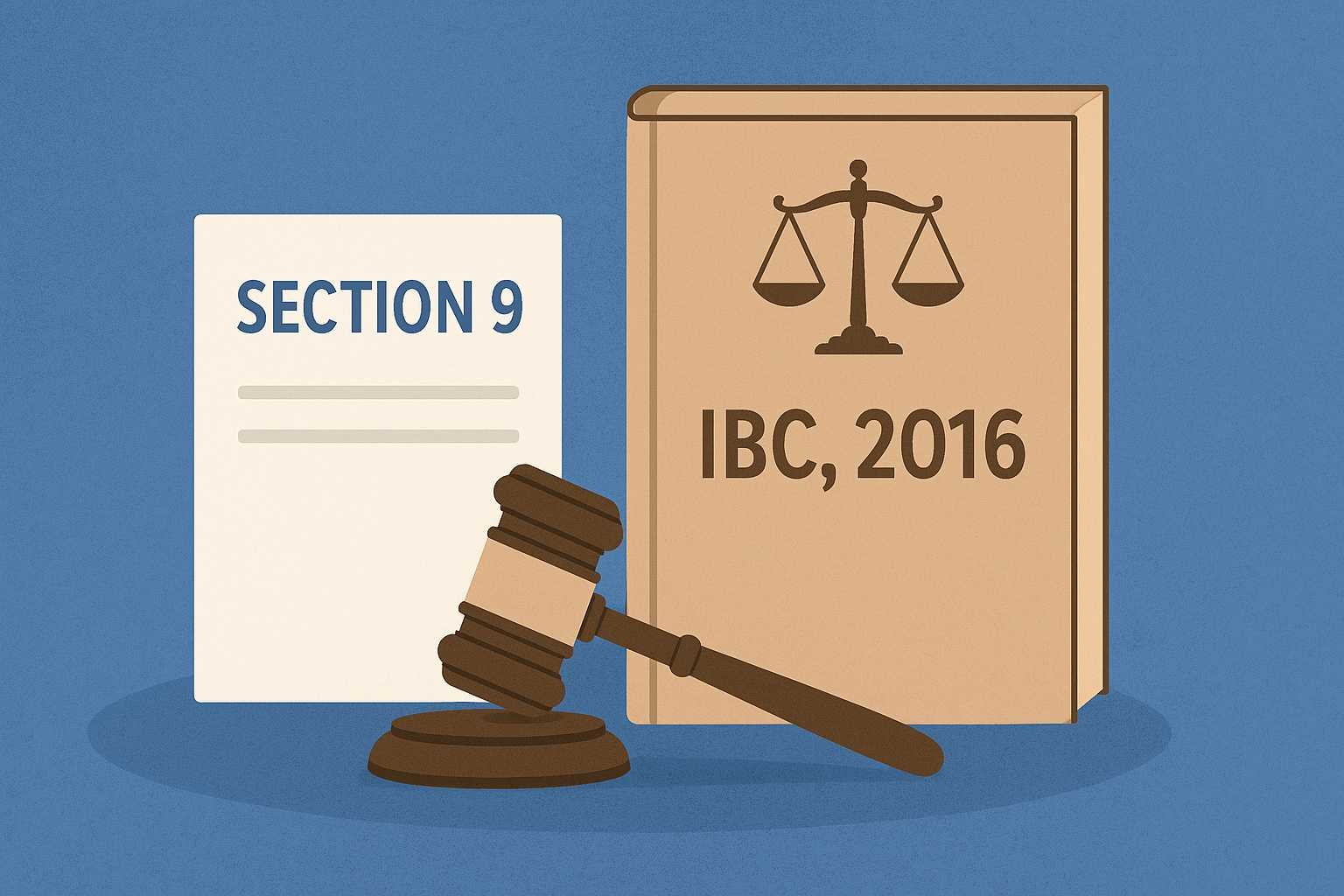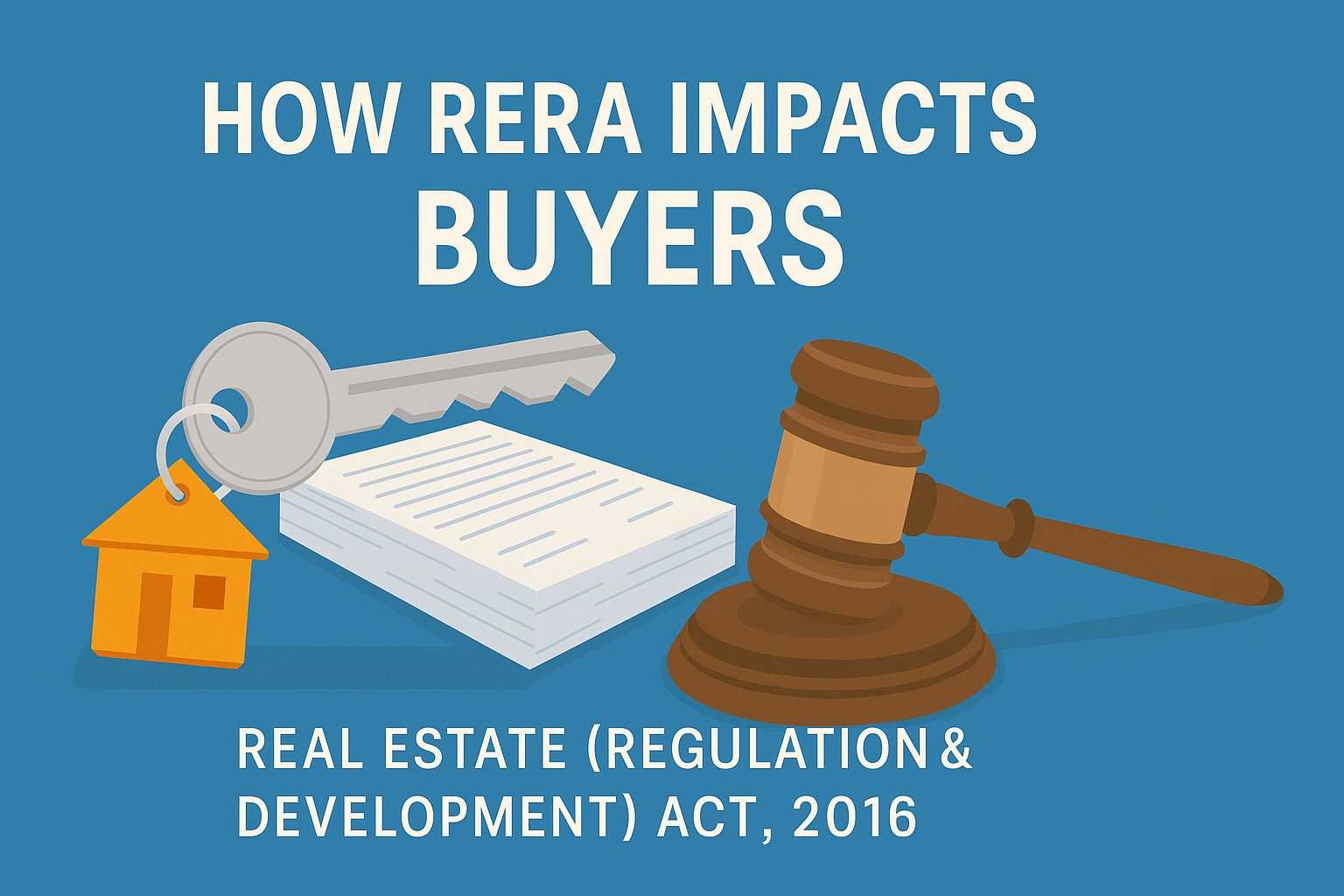On this page you will read detailed information about Differentiating Between Malfeasance, Misfeasance, and Nonfeasance.
As you pursue your legal education, differentiating between malfeasance, misfeasance, and nonfeasance is key to understanding important distinctions in the law. Grasping these concepts in your studies now will serve you well when interpreting cases later in your career. In this article, you will learn clear definitions of malfeasance as intentional wrongdoing, misfeasance as a well-intended yet harmful act, and nonfeasance for a failure to act. The article provides specific examples of each to further your comprehension. You will also gain insight into how courts view these terms when determining liability or penalties. Mastering these ideas sets a critical foundation as you progress in developing legal expertise.
Defining Key Terms: Malfeasance, Misfeasance, and Nonfeasance
Malfeasance, misfeasance, and nonfeasance are legal terms that refer to improper, inappropriate or illegal acts and behavior.
Malfeasance
Malfeasance refers to intentionally doing something unlawful or wrongful that one has no legal right to do. In other words, malfeasance is the commission of an act that is positively unlawful or wrongful. For example, a public official abusing their power for personal gain would be considered malfeasance. Synonyms for malfeasance include corruption, wrongdoing, misconduct, and impropriety.
Misfeasance
Misfeasance refers to lawful acts performed improperly or negligently. It is the improper performance of some act that one may lawfully do. For example, a public official failing to properly file paperwork in accordance with regulations or improperly handling public funds due to negligence could be considered misfeasance. Misfeasance implies the person acted incorrectly but without malicious intent. Related terms include ineptitude, incompetence, carelessness, and dereliction of duty.
Nonfeasance
Nonfeasance refers to the failure to act when there was an obligation to act. It is the omission of an act which one ought to do. For example, a public official failing to enforce regulations or address issues within their responsibility would be considered nonfeasance. Nonfeasance suggests passivity, inaction, and neglect of duty. Analogous concepts include negligence, disregard, oversight, and delinquency.
In summary, malfeasance refers to intentionally wrongful acts, misfeasance refers to improper lawful acts due to negligence, and nonfeasance refers to the failure to act when there was an obligation to do so. Understanding the differences between these terms can provide clarity on legal and ethical issues. Always strive to avoid malfeasance, misfeasance and nonfeasance by acting with integrity, competence and fulfilling your responsibilities. Malfeasance refers to intentionally committing a wrongful act that one has a duty to perform. In the workplace, malfeasance could involve an employee deliberately acting in a manner that violates company policy or legal requirements. For example:
- Falsifying company records or financial statements for personal gain or to mislead shareholders and regulators. This is illegal and unethical.
- Embezzling company funds by stealing money or assets for personal use. This is considered fraud and theft, which are criminal offenses.
- Discriminating against or harassing employees or customers based on their race, religion, gender, sexual orientation, age, disability status or other protected characteristics. This violates employment laws and policies prohibiting discrimination and harassment.
- Sabotaging company equipment, facilities or information systems to damage operations or productivity. This is illegal and can severely impact the company’s ability to conduct business.
- Colluding with competitors to fix prices, rig bids or allocate customers in violation of antitrust laws. This illegal anti-competitive behavior harms consumers and the free market.
- Failing to address known safety hazards or compliance issues that endanger employees, customers, the public or the environment. This demonstrates a reckless disregard for health, safety and regulatory responsibilities.
In all these examples, the employee knew or should have known their actions were wrong but proceeded intentionally and without justification. Malfeasance is more than simple incompetence or negligence. It involves a deliberate intent to act wrongly or illegally in violation of one’s professional duties and responsibilities. Companies should have zero tolerance for malfeasance and take appropriate action against employees who engage in such behavior.
In the previous post, we had shared information about An Overview of the United States Court of Appeals, so read that post also.
Examples of Misfeasance and How It Differs From Malfeasance
Misfeasance refers to an act that is legal but improperly or negligently performed. It means a failure to exercise the proper degree of care in the performance of a legal act. Unlike malfeasance, the act itself is lawful but performed in an improper manner.
Improper handling of funds
For example, a treasurer has a legal duty to maintain and disburse funds for a local charity. If the treasurer improperly invests the funds in an imprudent manner, loses money, and reduces the value of the portfolio, it constitutes misfeasance. The treasurer acted legally in investing the funds but did so negligently by failing to exercise proper care and judgment.
Poor professional performance
A physician who fails to properly diagnose an illness or prescribe the correct medication has committed misfeasance. The doctor acted legally in providing medical care but did so in an unskillful or incompetent manner. The same is true for a lawyer who handles a case in a negligent manner or an accountant who prepares financial statements carelessly.
Nonfeasance vs. Misfeasance
Nonfeasance refers to a failure to act or perform a required duty or legal obligation. It implies a complete omission or failure to do something that should have been done. Misfeasance, on the other hand, refers to an act that was improperly or negligently performed. It implies taking action but in an inappropriate or unskillful manner.
While subtle, this distinction is important. Nonfeasance suggests a total failure to fulfill a responsibility whereas misfeasance indicates the responsibility was attempted but carried out incorrectly or carelessly. Both constitute a breach of duty but in different ways. Proving nonfeasance typically requires showing there was a duty to act which was not performed. Proving misfeasance involves demonstrating improper or negligent performance of an otherwise lawful act.
In summary, misfeasance refers to an act that is legal but performed improperly or with undue carelessness. It is distinguished from malfeasance, which refers to an act that is inherently illegal or wrongful, and nonfeasance which refers to a failure to act or perform a required duty. By clarifying these concepts, individuals and organizations can better understand their obligations and work to avoid these breaches of duty. As an employee, you are expected to fulfill certain duties and responsibilities as outlined in your job description. Failure to do so constitutes nonfeasance, meaning a failure to act when action is required. Nonfeasance should be avoided, as it can have significant consequences.
Some examples of nonfeasance in the workplace include:
- Failure to complete assigned tasks or projects on time. If a deadline is missed due to lack of action, it demonstrates nonfeasance.
- Neglecting to address issues or problems that fall under your purview. For instance, if customer complaints are left unanswered or equipment is not repaired or maintained properly.
- Disregarding company policies or procedures. If there are safety protocols, ethical guidelines or other standards that are not followed due to lack of action, it can be considered nonfeasance.
- Lack of communication. Failing to provide updates, return messages or share important information with colleagues, managers or clients in a timely manner is a form of nonfeasance.
Nonfeasance can damage work relationships, productivity, and quality. It may also lead to loss of trust and confidence in an employee’s abilities. Repeated incidents of nonfeasance can be grounds for disciplinary action, up to and including termination of employment.
To avoid nonfeasance and its consequences, make sure you understand your key responsibilities and priorities. Develop schedules and reminders so that no task or deadline slips through the cracks due to lack of action. When issues arise, address them promptly by taking the necessary steps to resolve the problem or at least communicate about it. Maintain open lines of communication with all stakeholders. A proactive approach is key.
While everyone experiences occasional oversight, ongoing nonfeasance reflects poorly on an employee and should not be taken lightly. By making consistent effort and follow-through a habit, nonfeasance in the workplace can be prevented.
Malfeasance FAQs: Common Questions About Malfeasance Answered
Malfeasance refers to intentionally committing an unlawful act. It involves wrongdoing or improper behavior, especially by officials or professionals. If you have questions about malfeasance, here are some common ones answered:
I) Embezzlement: stealing money or property entrusted to your care
II) Fraud: deceiving someone for financial or personal gain
III) Nepotism: favoring friends and family for jobs or privileges
IV) Bribery: offering something of value to influence a person’s actions
V) Falsifying records: intentionally altering or creating misleading documents
I) Malfeasance refers to intentionally doing something unlawful or improper.
II) Misfeasance means improperly or unlawfully doing something that a person has a legal right or responsibility to do. It involves acting mistakenly or negligently.
III) Nonfeasance refers to the failure to act when a duty to act exists. It involves neglecting to do something that a person should do.
Malfeasance often results in legal punishment and professional disciplinary action. Consequences may include:
I) Fines and possible imprisonment
II) Lawsuits and civil litigation
III) Loss of professional license or certification
IV) Termination from a position or job
V) Damage to reputation and public trust
Some steps that can be taken to prevent malfeasance include:
I) Comprehensive policies, procedures, and codes of conduct
II) Proper oversight, auditing, and accountability
III) Regular training on ethics and appropriate behavior
IV) Anonymous reporting mechanisms for misconduct
V) Strict enforcement of consequences when malfeasance occurs
VI) Foster a culture of integrity, transparency and compliance
Conclusion
As we have seen, malfeasance, misfeasance, and nonfeasance are distinct concepts in law, each carrying different implications. When faced with accusations of official misconduct, you must discern which type applies to determine culpability and liability. Understanding the nuances can help guide your actions as a public servant and allow you to avoid negligent nonfeasance or intentional malfeasance. In your duties, strive for diligence and good faith to serve the public trust. Weigh decisions carefully, as a moment of complacency could lead to unfortunate misfeasance. Though complex issues arise for officials, maintain integrity by learning and upholding the highest ethical standards.
Disclaimer
The information and services on this website are not intended to and shall not be used as legal advice. You should consult a Legal Professional for any legal or solicited advice. While we have good faith and our own independent research to every information listed on the website and do our best to ensure that the data provided is accurate. However, we do not guarantee the information provided is accurate and make no representation or warranty of any kind, express or implied, regarding the accuracy, adequacy, validity, reliability, availability, or completeness of any information on the Site. UNDER NO CIRCUMSTANCES SHALL WE HAVE ANY LIABILITY TO YOU FOR ANY LOSS OR DAMAGE OF ANY KIND INCURRED AS A RESULT OR RELIANCE ON ANY INFORMATION PROVIDED ON THE SITE. YOUR USE OF THE SITE AND YOUR RELIANCE ON ANY INFORMATION ON THE SITE IS SOLELY AT YOUR OWN RISK. Comments on this website are the sole responsibility of their writers so the accuracy, completeness, veracity, honesty, factuality and politeness of comments are not guaranteed.
So friends, today we talked about Differentiating Between Malfeasance, Misfeasance, and Nonfeasance, hope you liked our post.
If you liked the information about Differentiating Between Malfeasance, Misfeasance, and Nonfeasance, then definitely share this article with your friends.

